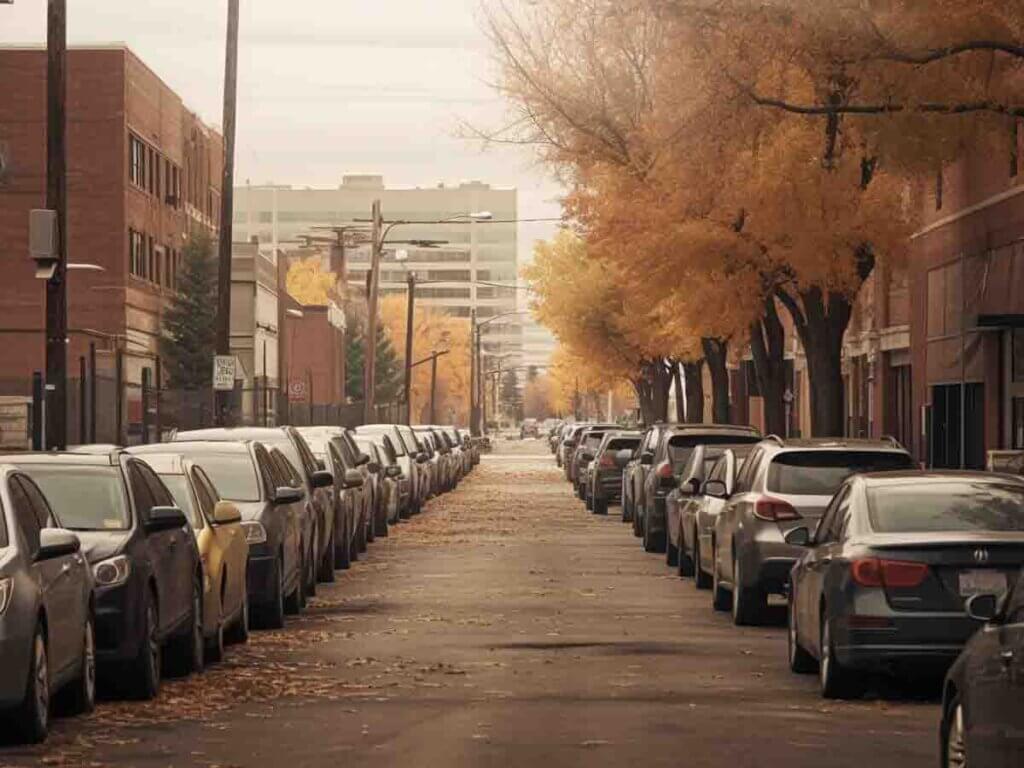Start by arranging a convenient parking spot for the installer. They often carry heavy tools and materials that are difficult to transport over long distances. A nearby parking space will allow them to move equipment quickly and begin work without delays.


When wallpapering an entire room, remove all furniture and personal belongings. A completely empty room ensures that the installer has ample space to work.
In both cases, clear additional space for preparing wallpaper strips, as they may need to use a worktable or floor space.
Preparing for the wallpaper installer, keep the installation area draft-free by closing all doors and windows. Air currents can interfere with the adhesive setting process, so maintaining a stable environment is critical.

Setting up for your wallpaper installer, schedule wallpaper installation as one of the final steps in your decoration process. Avoid overlapping schedules with painters or carpenters to prevent disruptions and ensure ideal conditions for applying wallpaper.

Address electrical fixtures on the walls beforehand:
Taking these steps ensures safety and proper preparation of the walls.

Prepare the walls thoroughly to ensure the wallpaper adheres properly:

Make sure the installer has access to a nearby water source. They will need water for cleaning tools and washing cloths throughout the installation process.

A good sign is what materials the company is working with. Our company works with various manufacturers and suppliers, among them York, Farrow&ball, Brewster, Thibaut, Wallquest. After many years of experience, we can confidently say: that materials and experience are the two main keys to high-quality workmanship!
Explore our four main services and make the right decision to start cooperating with us. Choose professionals and get high-quality services. We are proud of the trust of our clients and appreciate mutually beneficial cooperation! Contact us and get to know our approach to each client!
By taking these steps, you’ll create an optimal environment for your wallpaper installer, resulting in a smoother and more efficient process. If your project has unique requirements, discuss them with your installer in advance to ensure everything is ready for their arrival.